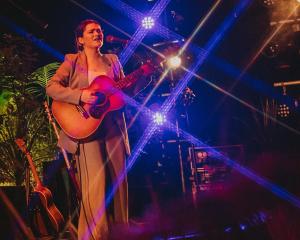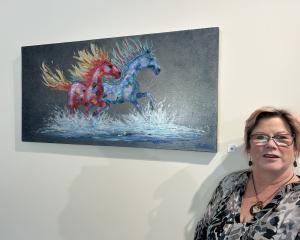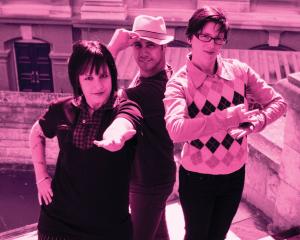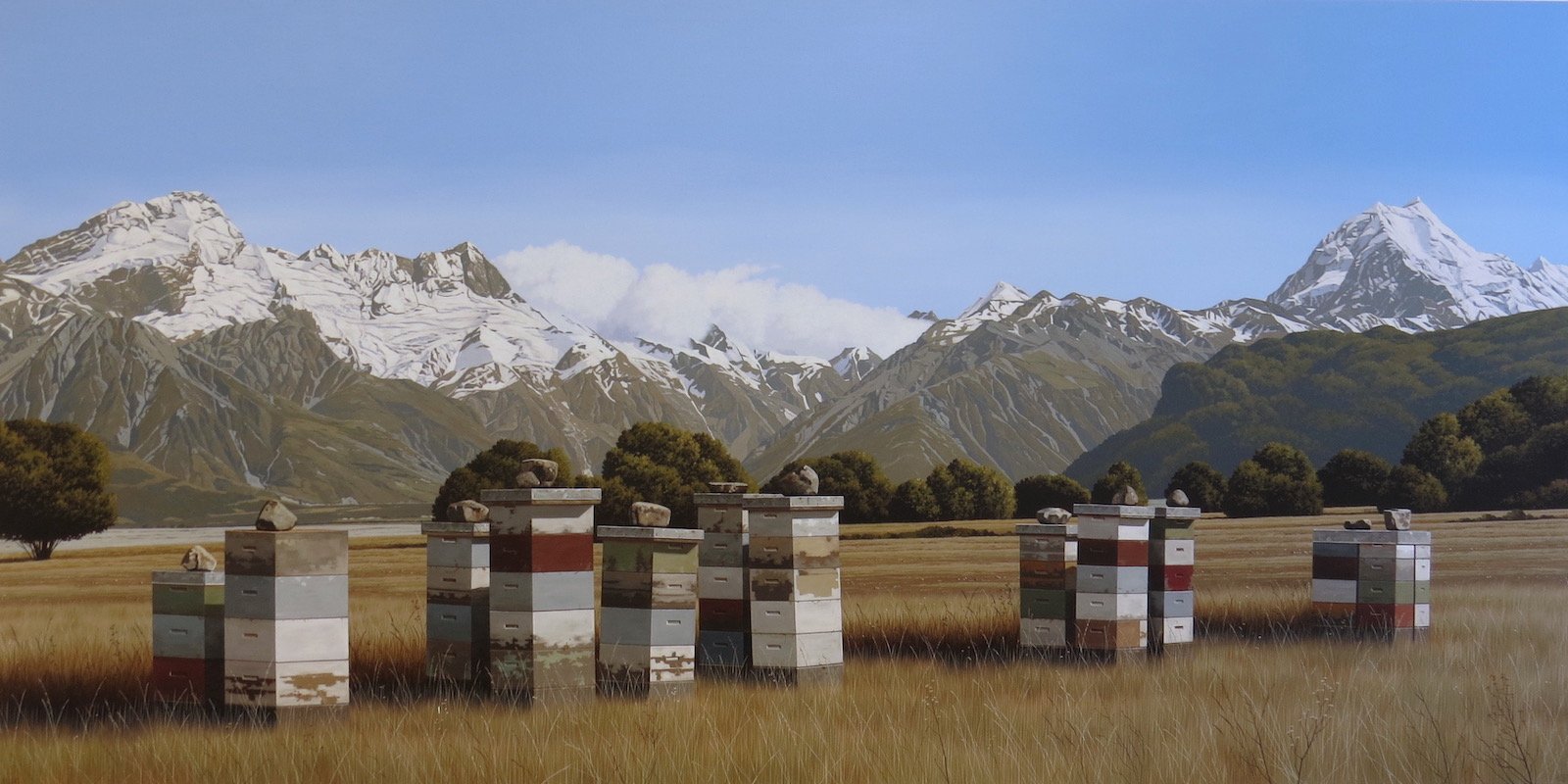
(Milford Gallery)
Michael Hight returns to Milford Gallery with another exhibition of his stunning realist landscapes depicting the grandeur of southern New Zealand.
The works continue Hight’s theme of presenting beehives in the land, a symbol of human interaction with nature, and particularly of the symbiosis between us and the natural world. This relationship, which is often neglected, is one which we have pushed over the years to the point where it is close to breaking strain. The climate and environment are both showing the stresses which we have inflicted upon the earth.
Hight does not overtly stress this tension, but it is an underlying theme of his superb paintings. The beehives are a clear representation of our attempts to harness the wildness of the natural world, while simultaneously showing an allegory of human society, working together towards its goals. The beehives’ insignificant size becomes evident when placed against the imposing power of the mountains. So too our civilisation, while it may attack nature, will eventually find itself outmuscled by its power.
Hight enhances his usual theme for several impressive pieces which feature dilapidated buildings, here suggesting that the short span of human life will eventually be overwhelmed by nature. These latter pieces include perhaps the artist’s most calm and romanticised image, the solitary empty boat of "Rakiura".
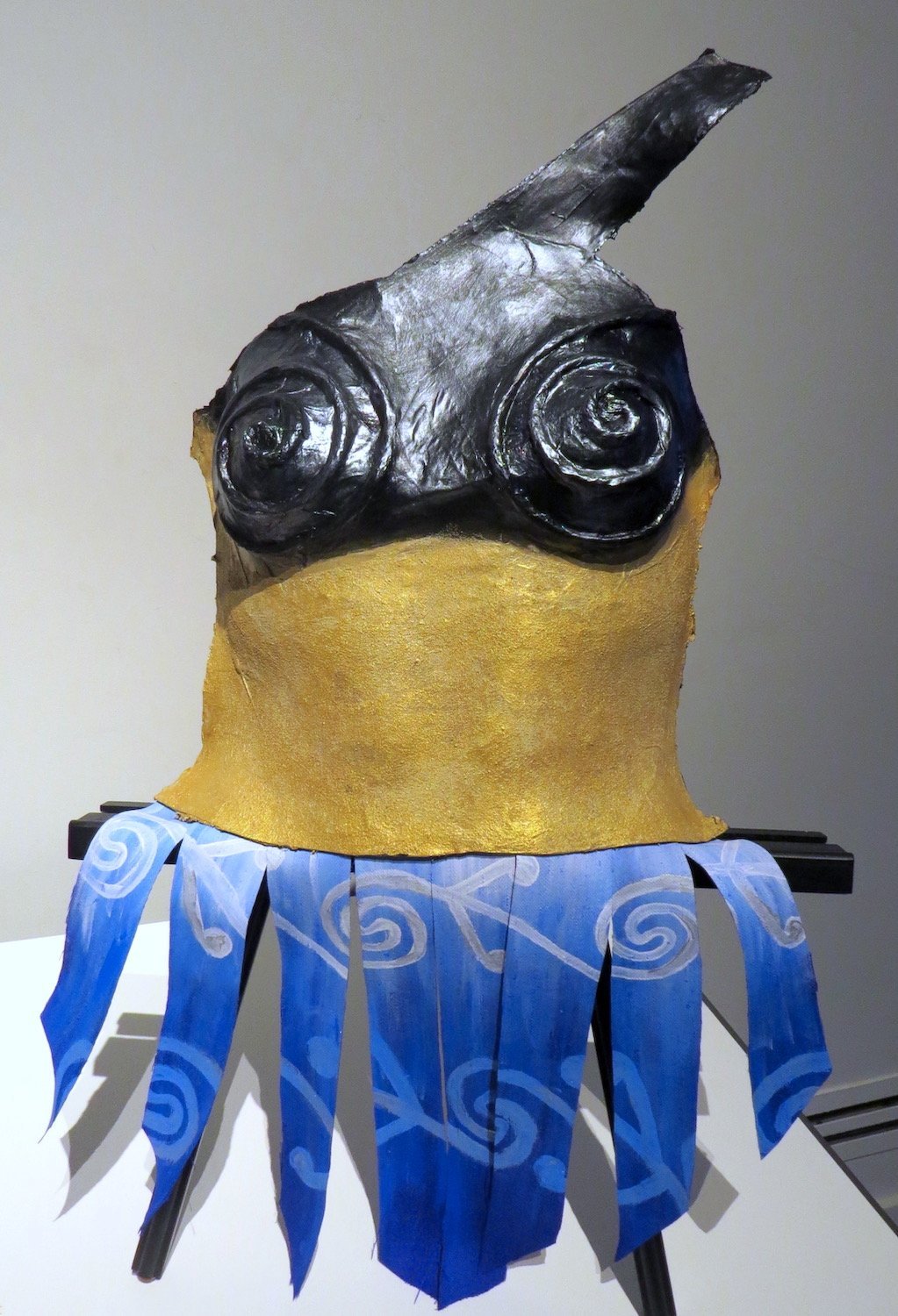
"Honohono", at Tūhura Otago Museum, addresses similar themes to Hight’s, while offering hope in the form of traditional practice.
The exhibition draws together peoples from across the Pacific, of many descents and whakapapa. In a selection of works across several media, we enter an immersive space in which to focus our thoughts on the world and what it needs from us. While many in the west have become detached from a connectedness with nature, a return to the ancient wisdom of actually listening to the world — as is common in traditional cultures worldwide — offers us an opportunity to reconnect, to feel, and to heal.
Though there is an (understandable) slight preachy element to one or two of the works, the overall impression created by the exhibition is simultaneously meditative and empowering. Video works such as Craig Cliff’s poetic Titiwai and Ellen Murray’s more cynical Welcome to New Zealand sit alongside the warming stripes of Pam McKinlay and the Mandaweavians woven Green Washing.
Virginia M Gautusa’s photojournalistic work reflects powerfully on how climate change disproportionately affects those least able to cope with it, and Savannah Kerekere’s Elemental Armour provides protective wear for the personification of the earth. This last series of powerful bodices for Papatūānuku is accompanied by a digital extension viewable on cellphone via a QR code.
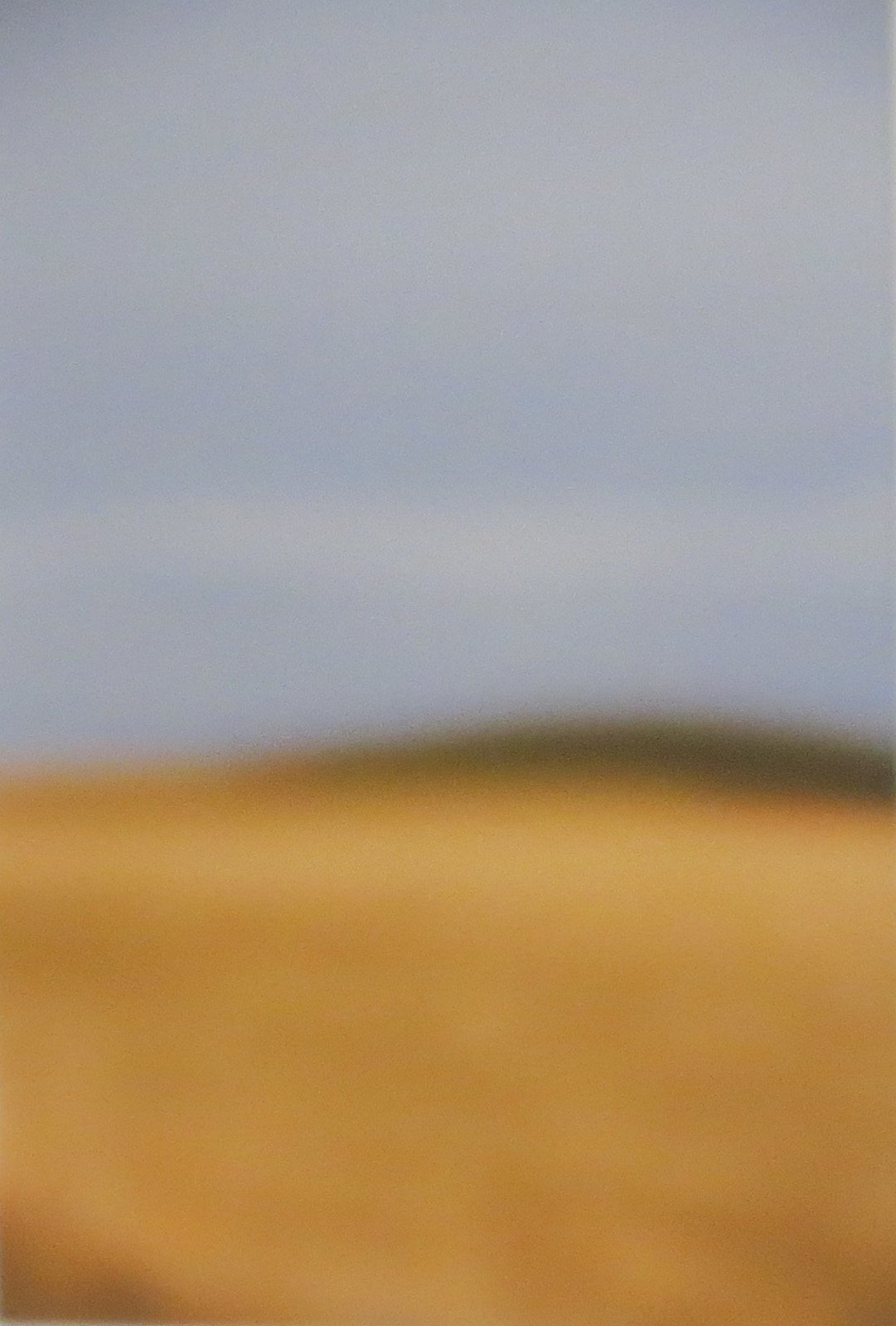
(Koru Art)
Neil Cameron’s Turning Leaves is an exhibition of photographs initially taken to accompany a series of short poems by Ani Kunzang, a Buddhist nun, published in book form as "Turning leaves: Poems of impermanence and beauty". The poems are impressionistic pieces, celebrating the ephemeral nature of beauty and the inevitable passing of the moment.
Cameron responds to this passing glimpse of creation with a series of heady, heavily blurred landscapes, the vistas reduced to a hazy array of colours and bearing little indication of their subject. The aim in this is to use the images as a metaphor for the impossibility of grasping the true nature of reality, our senses providing only a rudimentary approximation of the world around us.
The resulting works become only a sense of landscape, a scene lost in the humming air of our interpretations. The land becomes an array of soft-edged colour field forms, more reminiscent of Mark Rothko than of Ansel Adams. The images are calm and meditative, while ultimately being unanswerable puzzles. Dark shapes loom from bands of sandy yellow and deep sky blue, unknowable forms that we must interpret in the same limited, imperfect way that we subconsciously interpret the ultimately unknowable nature of the universe.
By James Dignan

